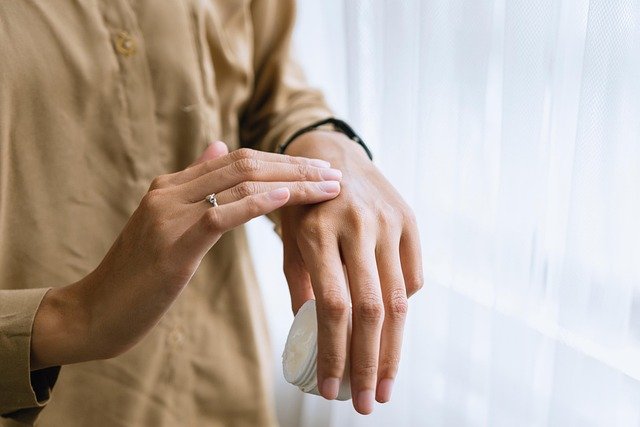How Fiber, Hydration, and Stool Consistency Affect Perianal Health
Maintaining healthy perianal and rectal tissues depends on several controllable factors. Fiber intake, adequate hydration, and stool consistency influence the likelihood of bleeding, swelling, itching, and pain associated with perianal conditions. Understanding how diet, fluids, and bowel habits interact helps people reduce strain during bowel movements and supports prevention and recovery in outpatient settings.

Maintaining comfortable perianal and rectal health often comes down to simple, consistent habits. Increasing dietary fiber, drinking sufficient fluids, and aiming for a formed but soft stool can reduce straining, lower the risk of bleeding or swelling, and ease symptoms like itching and pain. These measures are commonly advised alongside targeted treatments, topical care, and brief outpatient interventions when necessary, and they form the foundation of prevention and recovery strategies.
How fiber affects stool and constipation
Dietary fiber adds bulk and softness to stool, making bowel movements easier and reducing constipation-related straining. Soluble fibers—found in oats, beans, and some fruits—absorb water and form a gel that softens stool, while insoluble fibers—found in whole grains and many vegetables—increase stool volume and promote regular transit. When stool is harder or infrequent, pressure on perianal veins can contribute to swelling and discomfort; consistent fiber intake helps normalize stool frequency and consistency and supports perianal tissue health and prevention of recurrent symptoms.
Why hydration matters for perianal and rectal health
Hydration is essential because fiber needs water to work effectively. Without adequate fluids, fiber can worsen constipation by producing firmer stool. Drinking water throughout the day maintains intestinal lubrication and facilitates smoother passage of stool, which reduces friction, tearing, and the risk of rectal bleeding. Athletes, people in hot climates, and those taking diuretics should monitor fluid needs more closely. Adequate hydration complements a fiber-focused diet and reduces painful or difficult bowel movements, aiding both recovery and ongoing prevention.
Stool consistency, bleeding, and swelling
Stool consistency is a central factor in whether perianal tissues become irritated. Very hard stools can cause small tears or fissures and provoke bleeding, while excessively loose stools and frequent diarrhea expose the skin to irritation and prolonged moisture, increasing itching and inflammation. Both extremes can contribute to perianal swelling and discomfort. A formed, soft stool that is easy to pass minimizes mechanical stress on the rectal and perianal veins and tissues, lowering the likelihood of bleeding and swelling and supporting healing.
Managing pain with topical and analgesic options
For symptomatic relief, topical agents can reduce itching and irritation and sometimes shrink inflamed tissue; over-the-counter topical creams or suppositories often include mild analgesic or anti-inflammatory ingredients. Systemic analgesics may help short-term pain control, and short courses of topical agents can be used during flare-ups. Medical evaluation can determine whether outpatient interventions or prescription treatments are appropriate. All topical and systemic options should be used according to package directions or a clinician’s guidance to avoid skin damage or interactions.
Prevention and outpatient recovery strategies
Prevention emphasizes regular bowel habits, balanced fiber intake, adequate hydration, and attention to hygiene. Avoid prolonged sitting on the toilet and try to respond promptly to the urge to defecate to reduce straining. When symptoms occur, simple outpatient measures—sitz baths, temporary topical care, stool softeners, or brief clinical assessments—often support recovery without invasive procedures. For ongoing problems, clinicians can recommend tailored interventions; documenting bleeding, pain severity, or persistent changes in bowel habits helps guide appropriate outpatient care and monitoring.
This article is for informational purposes only and should not be considered medical advice. Please consult a qualified healthcare professional for personalized guidance and treatment.
In summary, fiber, hydration, and stool consistency are practical levers that directly affect perianal and rectal health. Focusing on a balanced diet, steady fluid intake, and habits that minimize straining can reduce bleeding, itching, swelling, and pain while supporting recovery and lowering the need for more invasive outpatient treatments.



